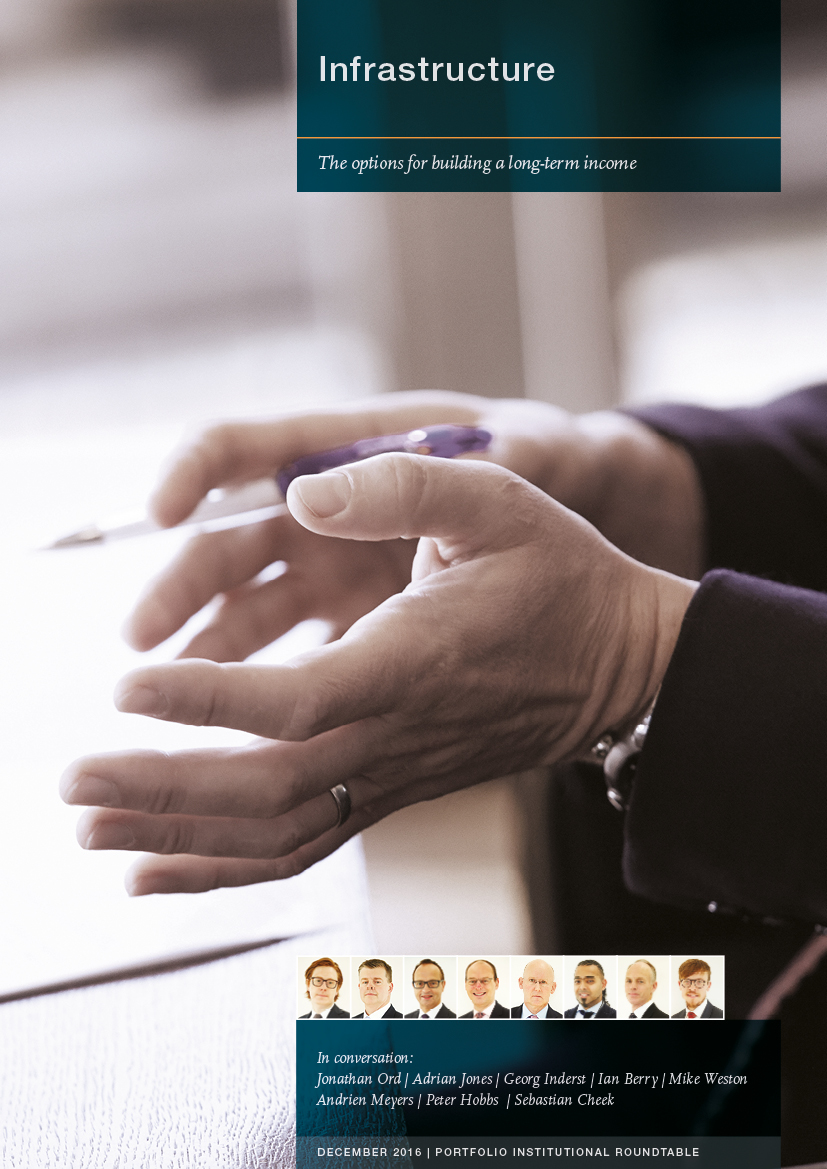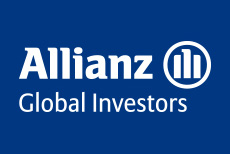The options for building a long-term income




The options for building a long-term income In theory, investing in infrastructure should provide pension schemes with long-dated, index-linked cashflows to meet their liabilities as well as access to the illiquidity premium. But the asset class has faced a number of headwinds in recent months, not least from the UK’s decision to leave the European […]
December 2016





9 Dec 2016
9 Dec 2016

8 Dec 2016
8 Dec 2016
Sign up to the portfolio institutional newsletter to receive a weekly update with our latest features, interviews, ESG content, opinion, roundtables and event invites. Institutional investors also qualify for a free-of-charge magazine subscription.